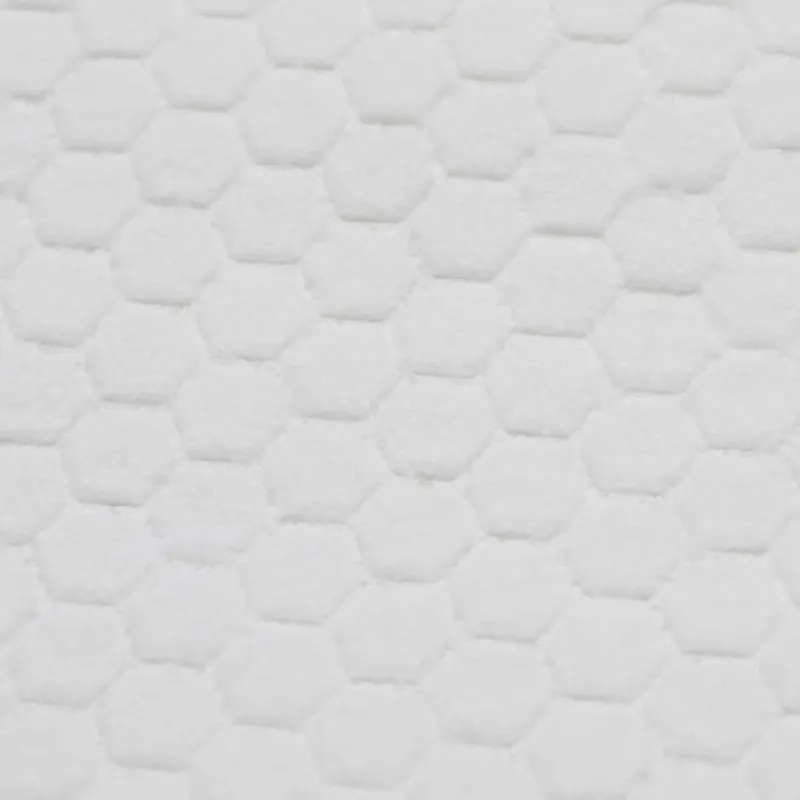Welcome to Hoyarn
Call Us Any Time:+86 19801805999
Email Us: info@hoyarn.cn

- Afrikaans
- Arabic
- Belarusian
- Bengali
- Czech
- Danish
- Dutch
- English
- Esperanto
- Estonian
- Finnish
- French
- German
- Greek
- Hindi
- Hungarian
- Icelandic
- Indonesian
- irish
- Italian
- Japanese
- kazakh
- Rwandese
- Korean
- Kyrgyz
- Lao
- Latin
- Latvian
- Malay
- Mongolian
- Myanmar
- Norwegian
- Persian
- Polish
- Portuguese
- Romanian
- Russian
- Serbian
- Spanish
- Swedish
- Tagalog
- Tajik
- Thai
- Turkish
- Turkmen
- Ukrainian
- Urdu
- Uighur
- Uzbek
- Vietnamese
artificial grass for playgrounds
Jan . 15, 2025 03:48 Back to list
artificial grass for playgrounds
Transforming an urban space with a touch of nature is no longer a distant dream. Laying artificial grass on concrete surfaces has emerged as a popular trend, redefining patios, balconies, and terraces into lush green havens. Drawing on years of experience in the landscaping industry, this guide offers you a comprehensive approach to ensure your artificial grass installation not only looks perfect but lasts long.
Laying the grass requires meticulous attention. Start by unrolling the grass and letting it acclimatize under the sun for a few hours. This helps it to relax and prevents bubbling and creasing. Ensure the turf is correctly aligned before proceeding to trim the edges using a sharp utility knife for precision. When cutting, leave a few extra inches around the perimeter; it's easier to trim excess than to correct shortages. Adhesion is pivotal for a clean install. A versatile turf adhesive specifically tailored for outdoor use on concrete should be your tool of choice. Apply the glue around the perimeter and in a grid pattern to ensure secure fastening. Let sections naturally seal together, using a roller if necessary to avoid air pockets. Finally, to enhance the authenticity of your grass, distribute a layer of infill material, such as silica sand, across the surface. This adds weight to the grass, further securing it, and helps the fibers stand upright, mimicking natural grass. Brush the surface for uniform distribution. With these strategies, your artificial grass on concrete will not only enhance your space but withstand the elements and time, providing a verdant escape right at your doorstep. This approach, backed by industry expertise, ensures trustworthiness and reliability—a testament to a well-planned and executed installation project.


Laying the grass requires meticulous attention. Start by unrolling the grass and letting it acclimatize under the sun for a few hours. This helps it to relax and prevents bubbling and creasing. Ensure the turf is correctly aligned before proceeding to trim the edges using a sharp utility knife for precision. When cutting, leave a few extra inches around the perimeter; it's easier to trim excess than to correct shortages. Adhesion is pivotal for a clean install. A versatile turf adhesive specifically tailored for outdoor use on concrete should be your tool of choice. Apply the glue around the perimeter and in a grid pattern to ensure secure fastening. Let sections naturally seal together, using a roller if necessary to avoid air pockets. Finally, to enhance the authenticity of your grass, distribute a layer of infill material, such as silica sand, across the surface. This adds weight to the grass, further securing it, and helps the fibers stand upright, mimicking natural grass. Brush the surface for uniform distribution. With these strategies, your artificial grass on concrete will not only enhance your space but withstand the elements and time, providing a verdant escape right at your doorstep. This approach, backed by industry expertise, ensures trustworthiness and reliability—a testament to a well-planned and executed installation project.
Latest news
-
The Benefits of Artificial Turf for Indoors
NewsJul.15,2025
-
How Artificial Grass Suppliers Ensure Quality Products
NewsJul.15,2025
-
Artificial Grass and Pets: A Space for Relaxation
NewsJul.08,2025
-
Balcony & Outdoor Decoration with Artificial Grass
NewsJul.08,2025
-
Best Indoor Artificial Grass for Home
NewsJul.07,2025
-
Best Pet Turf for Dogs: Safe & Durable Artificial Grass Options
NewsJul.07,2025
Products categories








